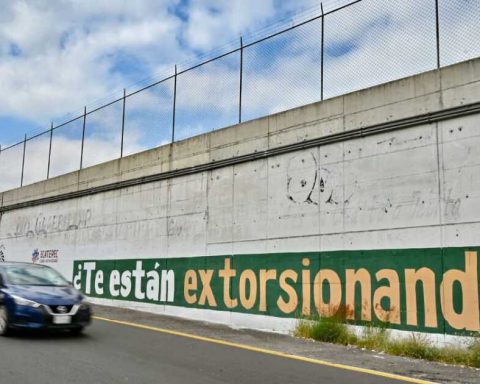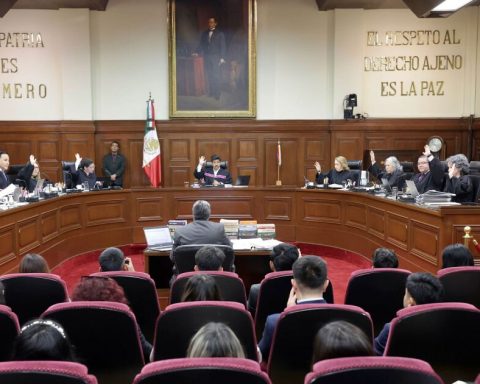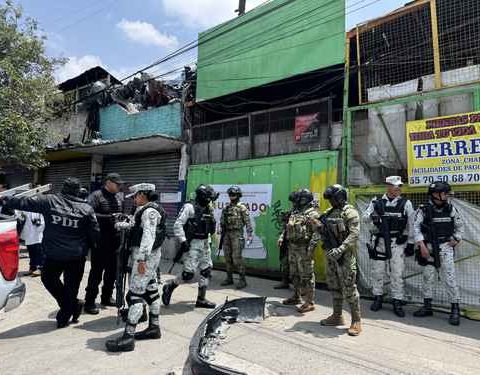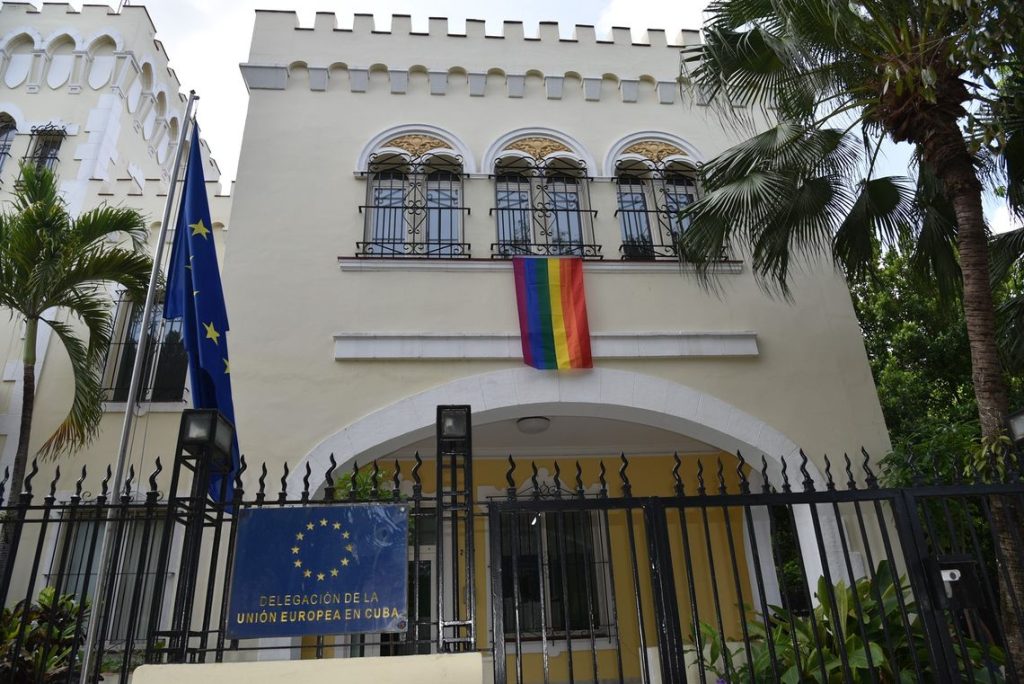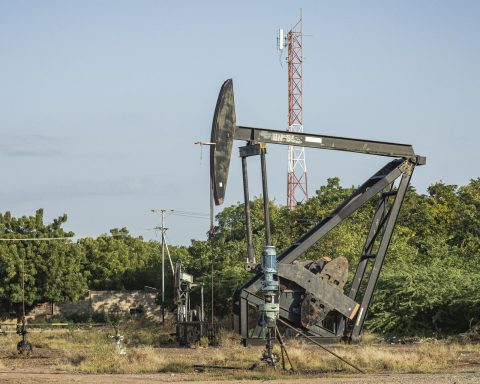Laura Poy and Alexia Villaseñor
La Jornada newspaper
Wednesday, April 16, 2025, p. 11
In Mexico, just over 1.7 million adolescents between 15 and 17 years old do not attend school, which means that one in three young people in that age range is outside the Baccalaureate classrooms, the National Institute of Statistics and Geography (INEGI) warns in the Data Platform in Action.
It is an initiative promoted in collaboration with the United Nations Educational, Science and Culture Organization to encourage knowledge of statistical data among young people and citizen participation.
Regarding the fulfillment of the Sustainable Development Goals (SDGs) number 4, which define the educational goals at a global scale by 2030, it warns that in Mexico the gap between those who have access to secondary school and higher secondary education by entry quintile has remained practically without change in the past decade.
It details that in the group of 13 to 19 years in the highest income quintile, the assistance to classes exceeds 80 percent, in contrast to the same age group, but in the lowest quintile, which remains only above 60 percent, practically unchanged from 2012 to 2022.
Rural and urban population
The document emphasizes that the gap in school attendance between the rural and urban population maintains Notable differences
Among adolescents aged 13 to 19, as about 80 percent residents in cities go to classes regularly, while the figure among those who live in rural locations is less than 60 percent.
INEGI emphasizes that indigenous women who reside in rural towns They have less years of compulsory education compared to indigenous men and the non -indigenous population, so it is the sector with the greatest educational disadvantage
.
Regarding school abandonment, whose decrease is one of the objectives of the SDGs 4, it emphasizes that in the past four years Mexico advanced in the end of basic education, although it stressed that in Secondary and Preparatory An effort must still be made to reduce school abandonment
.
The report warns that factors such as a speaker of indigenous language or disability affect permanence in school, since it is estimated that Eight out of 10 indigenous students entering secondary education are concluded, but only six of those who enter the Baccalaureate end this educational level, and something similar happens with people with disabilities
.
